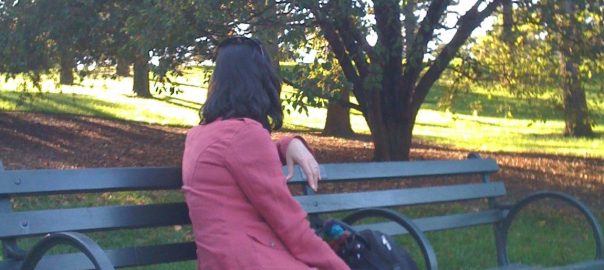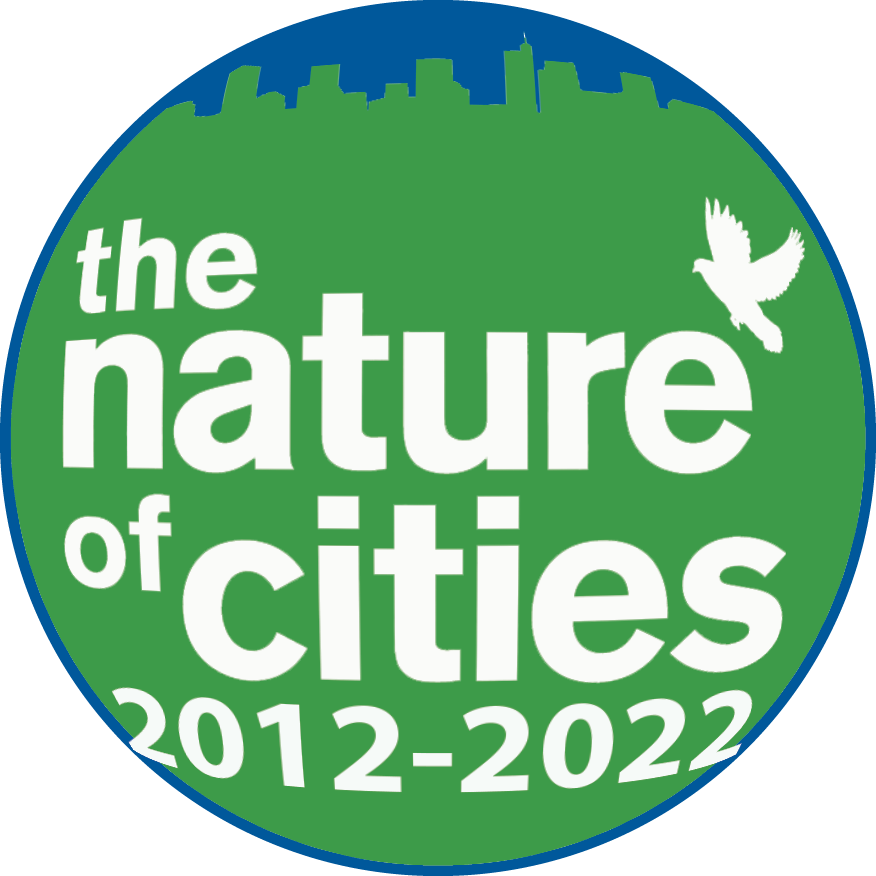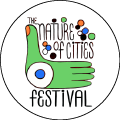16 June 2013
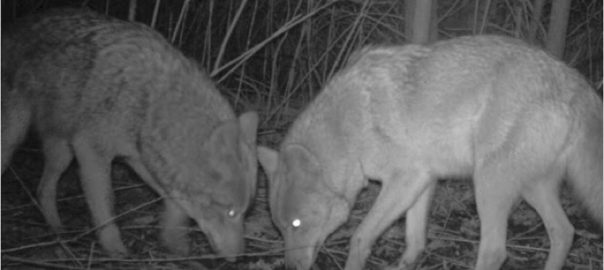
Urban parks and green infrastructure are often touted for their benefits in providing for urban biodiversity. There have been several posts about this subject in this blog—by Tim Beatley, Thomas Elmqvist, Russell Galt, Bill Sherwonit, Bob Sallinger, and others—and it’s clear that a core of scientists, designers, planners, and community...
1 Comment(s)Join our Conversation
12 June 2013
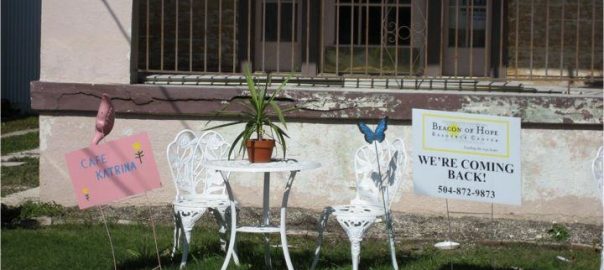
Cities, like nature, are all about the details. Granular. Fine-grained. Cellular. Each of these describes what we see in cities as unique, what defines them as places: small details that differentiate them from anywhere else and add up to a web of connections we call the city. I am writing...
6 Comment(s)Join our Conversation
9 June 2013
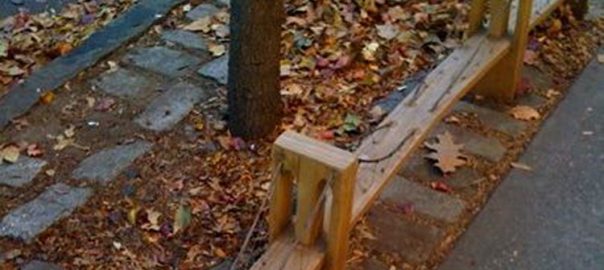
In cities throughout the United States, thousands of people are gearing up for another busy summer of growing vegetables in community gardens and caring for street trees planted along the sidewalk’s edge. Self-organized, volunteer-based, and focused on improving both communities and the environment, these “civic ecology” practices often pick up...
3 Comment(s)Join our Conversation
5 June 2013
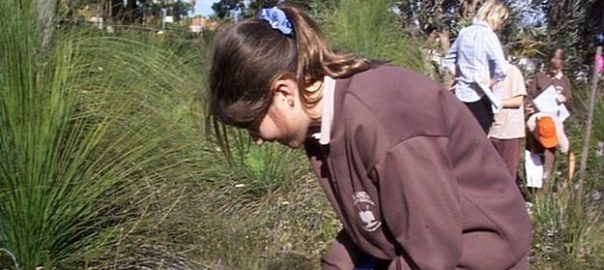
What we choose to name and the names we choose to remember, for the places, people and things around us, says a great deal about what is important to us. It is commonly said, and accurately so I believe, that we will not care about what we do not recognize....
2 Comment(s)Join our Conversation
2 June 2013
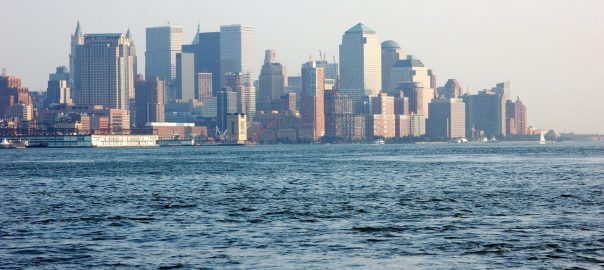
The following is an excerpt from my new book, Terra Nova: The New World After Oil, Cars, and Suburbs (Abrams, June 2013), which is about, at least in part, how cities can fit into nature: Many years ago, before I moved to the city, I had a job in the...
1 Comment(s)Join our Conversation
29 May 2013
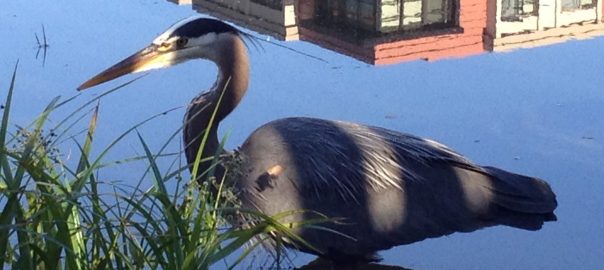
I admit it, I’m obsessed with a small created wetland in NW Portland’s Pearl District. When it comes to urban greenspaces size is often overrated, meaning even a small created 200 x 200 foot faux wetlands can be both biologically and socially meaningful in intensely development urban neighborhoods. Tanner Springs...
6 Comment(s)Join our Conversation
22 May 2013
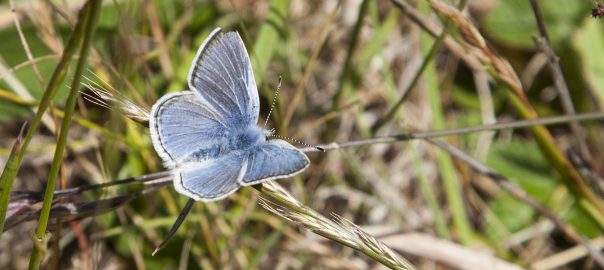
2013 is the 40th anniversary of two important moments in wildlife conservation history. In 1973, Congress enacted and President Nixon sign into law the Endangered Species Act. The ESA has become the U.S.A.’s most important wildlife conservation law, helping rescue from extinction the American bald eagle, the Florida panther, and...
7 Comment(s)Join our Conversation
19 May 2013
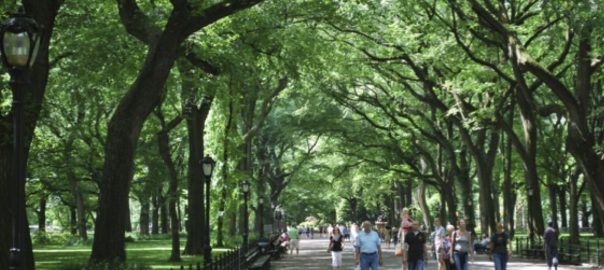
How do the benefits of urban green infrastructure stack up against the costs? We need to better understand the services and disservices generated by urban green infrastructure in order to build better decision support tools for improved planning and management of urban ecosystems that support human health and well-being. Urban...
1 Comment(s)Join our Conversation
15 May 2013
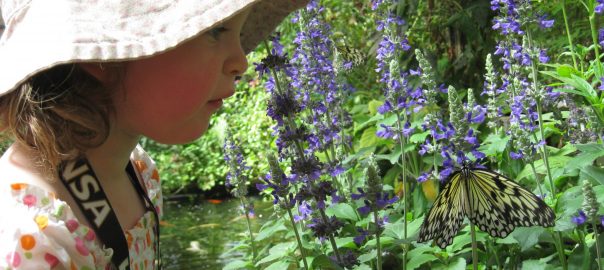
I have three jobs—lecturer, facilitator of academic research, and mother of two nature-engaged kids. My three experiences lead me to think we have a core problem in urban social-ecology: that we let our fealty to discipline-specific methods get in the way of true multidisciplinary work that is key to real...
2 Comment(s)Join our Conversation
12 May 2013
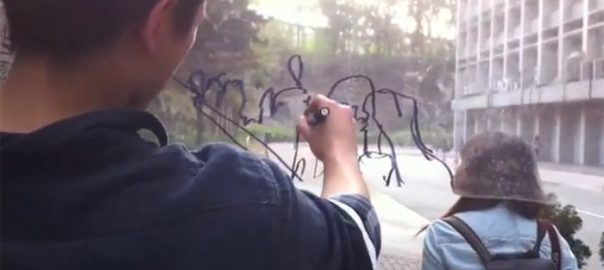
How can we measure the ways in which we perceive, are affected by, act and reflect on the nature of the city? The human body is a sensor-motor apparatus within a mutually moving nature-culture continuum. This sensori-motor apparatus has a vast capability of quickly evaluating vast amounts of information and...
0 Comment(s)Join our Conversation
8 May 2013
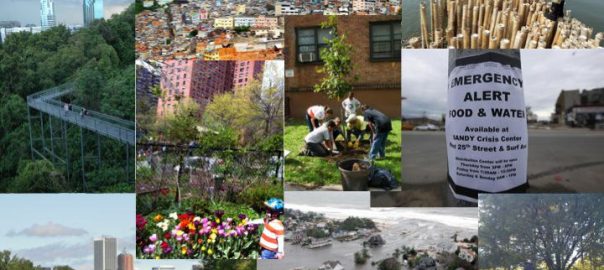
Resilience is the word of the decade, as sustainability was in previous decades. No doubt, our view of the kind and quality of cities we as societies want to build will continue to evolve and inspire a new descriptive goal. Surely we have not lost our desire for sustainable cities,...
4 Comment(s)Join our Conversation
1 May 2013
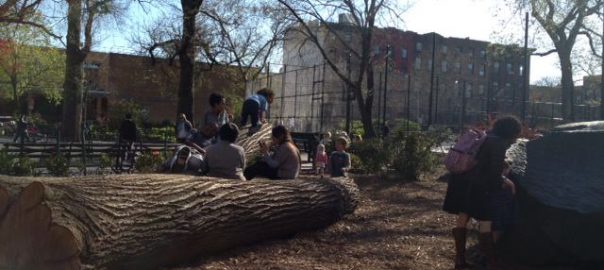
As a Brooklyn (New York) resident for over 15 years, I’ve never thought much about whether or not I was living on high ground, within a floodplain or an evacuation zone, or how I might secure my windows during a storm. Recent hurricanes in my city have changed my perception...
1 Comment(s)Join our Conversation
28 April 2013
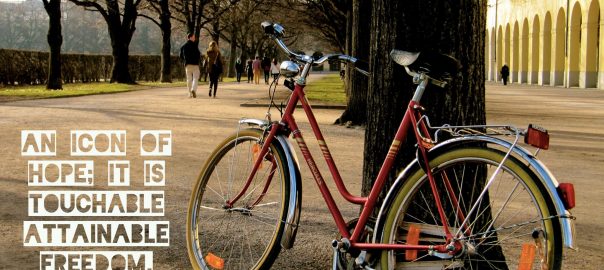
Every time I see an adult on a bicycle I no longer despair for the future of the human race. —H.G. Wells Fast, efficient and individualistic, the bicycle is no ordinary mode of transport. It’s a church, a gym, a community creator, a cash printer, a protest placard, a dopamine generator,...
10 Comment(s)Join our Conversation
24 April 2013
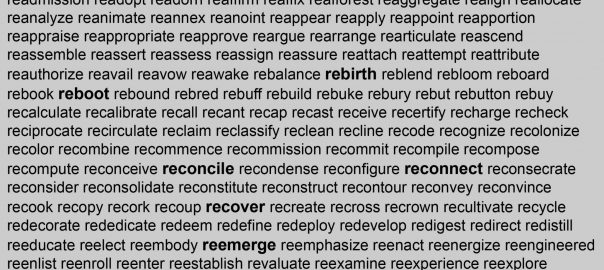
I recently gave a talk at the Horticulture Society of New York’s annual Healing Nature Forum: Planting the Seeds of Health and Sustainability. As could be expected, there was a lot of talk about Hurricane Sandy’s aftermath, and the role of greening. This, of course, is of great interest to...
2 Comment(s)Join our Conversation
21 April 2013
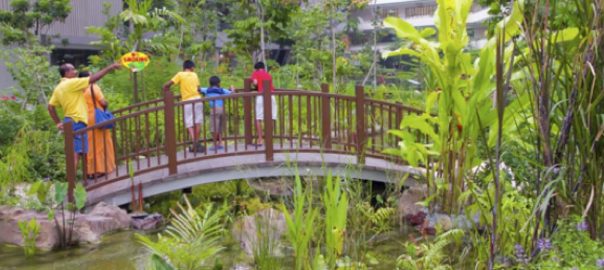
Three books inspire me greatly. They are (a) ‘Biophilia’ by E.O. Wilson, (b) ‘Sustaining Life: How Human Health Depends on Biodiversity’ by Eric Chivian and Aaron Bernstein, and (c) ‘Biophilic Cities’ by Tim Beatley. Written almost thirty years ago, the first postulated that it is imprinted in our DNA that...
1 Comment(s)Join our Conversation
17 April 2013
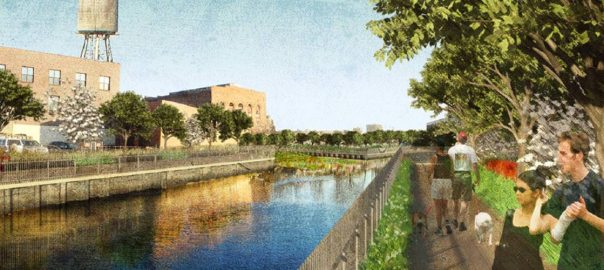
In my work at the New York City Department of Parks and Recreation, and more recently with the Trust for Public Land, I have been fortunate to be involved at the nexus of landscape architecture, civil engineering, urban design, environmental management, park planning, and many related areas. Over the last...
3 Comment(s)Join our Conversation
14 April 2013
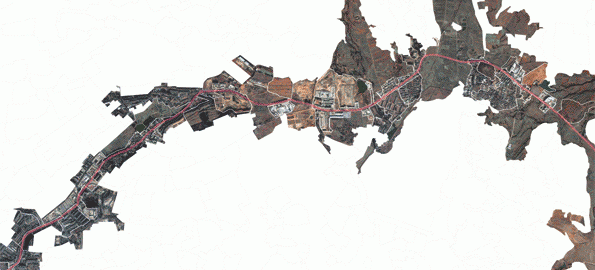
Urban Design practices have always been created in response to emerging and overlapping city models and the disciplinary contexts designers find themselves in. I have found that the urban ecology framework of Patch Dynamics has been key in allowing me to see how city models such as the megalopolis and...
1 Comment(s)Join our Conversation
8 April 2013
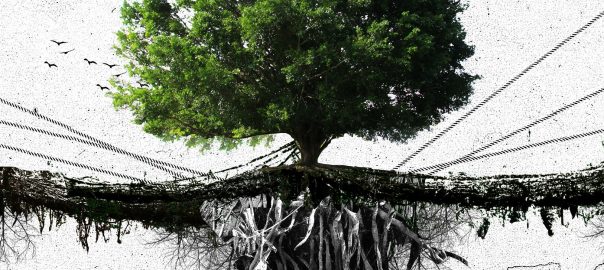
A versão em Português segue imediatamente. Une version en français apparaît immédiatement après la version portugaise. Designing nature is a challenging task in an urban environment. For example, how can a 38 years old individual (myself) safely edit a 3.8 billion years old system (Nature)? It is quite a test...
2 Comment(s)Join our Conversation
3 April 2013
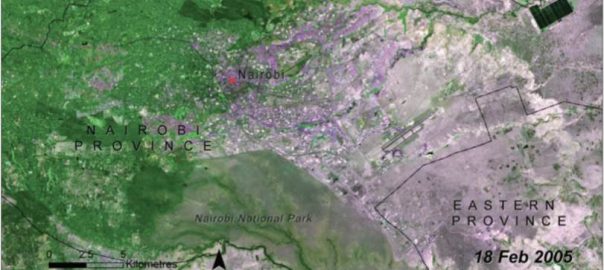
Nairobi is a bustling city of over 3 million people, many of whom are stuck in traffic for hours each day. One effort to mitigate these wasteful jams involves construction of additional motorways. But with little space specifically reserved for these new arteries, their proposed routes involve some delicate tradeoffs....
6 Comment(s)Join our Conversation
31 March 2013
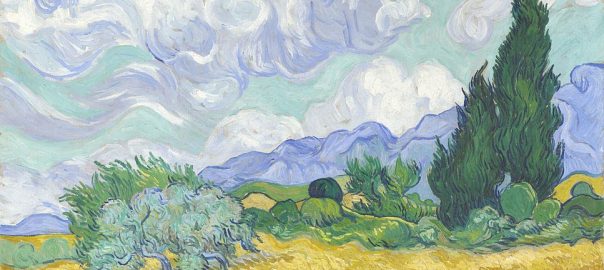
The premises on which we build our cities and construct civilisation, and the extent and means by which we include nature in our cities depends on what values we choose to adopt. Our capacity to engage with the processes of nurturing the nature of our cities depends on how we...
9 Comment(s)Join our Conversation

